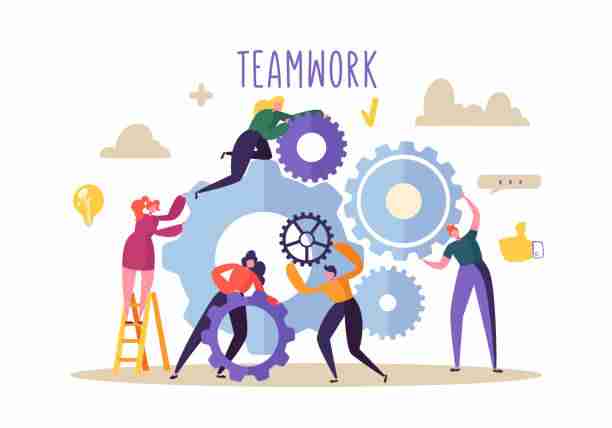Organizations face challenges in continuing teacher training. E-Learning has been given a superb strategy for achieving this goal in many companies and operations. In order for students to participate and acquire new skills and information, there are two web-based preparation techniques they can focus on. coordinated and uncompetitive e-learning. Now we have to explore both techniques.

Simultaneous e-learning
Most of us are familiar with the different types of e-learning from class to exams and seminars that use virtual spaces. Here are some of the ways you can prepare: via online courses, video conferencing, webcasts, application sharing and live chat. With coordinated e-learning, introductions are made at explicit opportunities to participate in training, led by experienced online tutors.
The advantages of simultaneous e-learning include:
Teachers can provide class materials and respond to member requests in person, enhancing the nature of the program. The teacher can receive criticism from the class immediately in order to improve the class in the future. eLearners recognizes Expense Reserve Funds because they don’t have to travel outside the classroom. Intuitive, community-oriented training is delivered into virtual learning spaces via tools such as whiteboards and screen sharing. At the same time, a large eLearners meeting was held to keep track of the time that could be spent planning different classes and completing different assignments and activities.
However, simultaneous e-learning has several drawbacks:
eLearners must stick to a certain schedule and cannot find suitable materials for them. If there are multiple interest pools, multiple members can be mixed into the mix. Questions can remain hidden during the visit unless someone else “talks” about them. The adoption rate may be too moderate or too fast for certain members.
Special problems may arise that can affect the class directly. This can include anything from losing network access to audio issues. In order to deal with sudden problems, a special extended function is required for both regular closings.
Non-standard e-learning
With non-standard online learning, students do not constantly gather in virtual classrooms. With this in mind, introductions are pre-recorded and follow-up materials broadcast via email, call logs, informal long-distance communications, and community reports. Commonly used transmission techniques include recorded audio, video input, and calling devices. This type of e-learning offers the following points of interest.
Read Also: How do we feel about college expenses?
More extraordinary adaptability for eLearners to attend educational programs in perfect weather and from any field. Conversations help reinforce learning through conversations with peers. This is a guide for strengthening and maintaining education programs. Learning can take place after a while, which can help eLearners practice and apply the material.
After all, this type of training may not be suitable for everyone because:
Some eLearners may feel lonely trying to understand the material without a live tutor. The lack of direct correspondence suggests that the teacher’s articulation and tone do not show interest. This method expects eLearners to be naturally focused, confident, and not quickly moving around the material. Limited contact with faculty and various members can be confusing.
Explanation and support may not be effectively provided in a stand-alone course.
A combination of learning tools can be used in one methodology or another. For example, while an online live course is expected to bring members together at the same time, they will also be enrolled for later study. This also applies to material request messages. Discussions took place at the same time that beneficiaries were online and were able to respond immediately. However, it becomes incompatible if the request is not answered at a later time.





